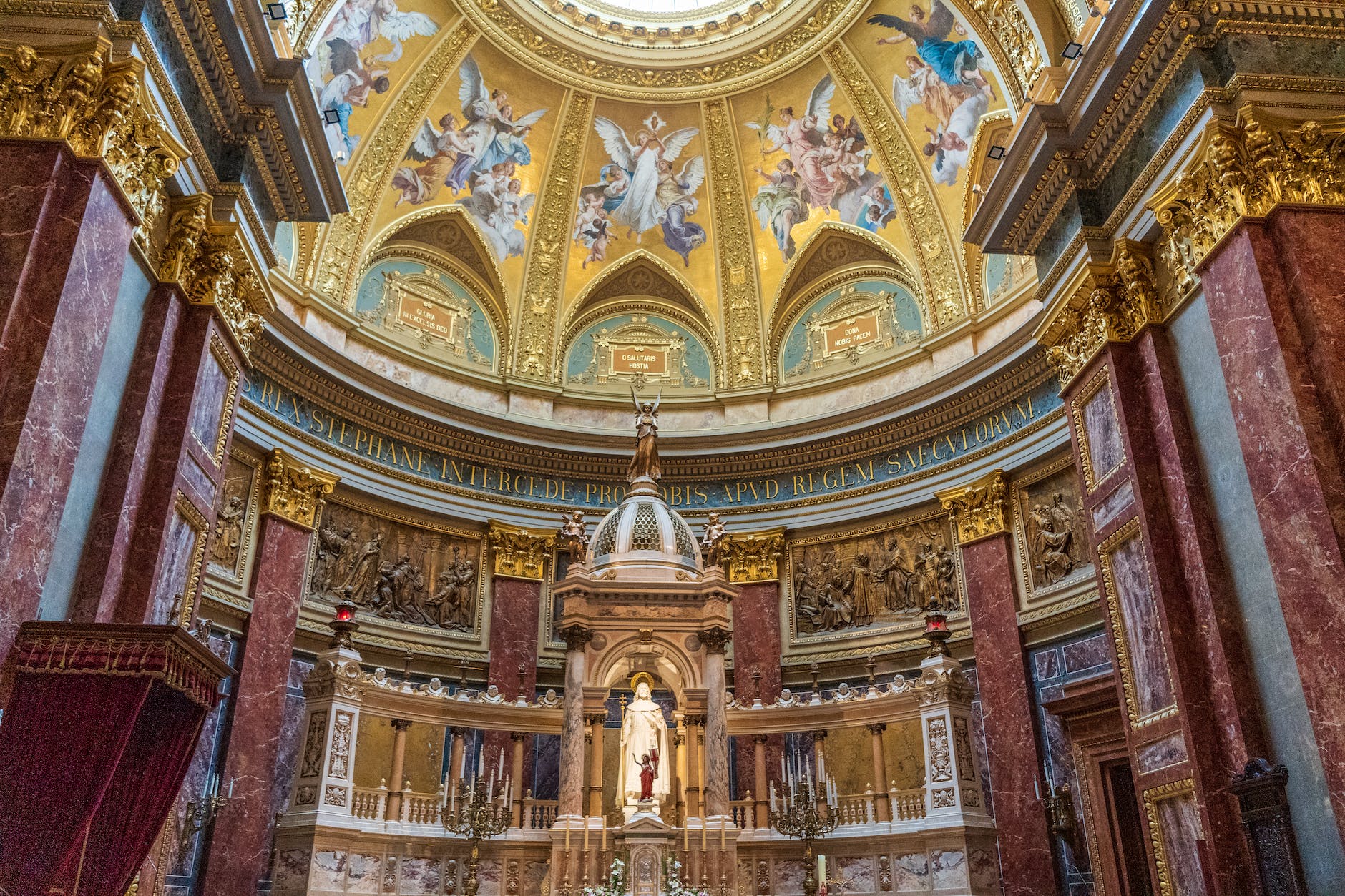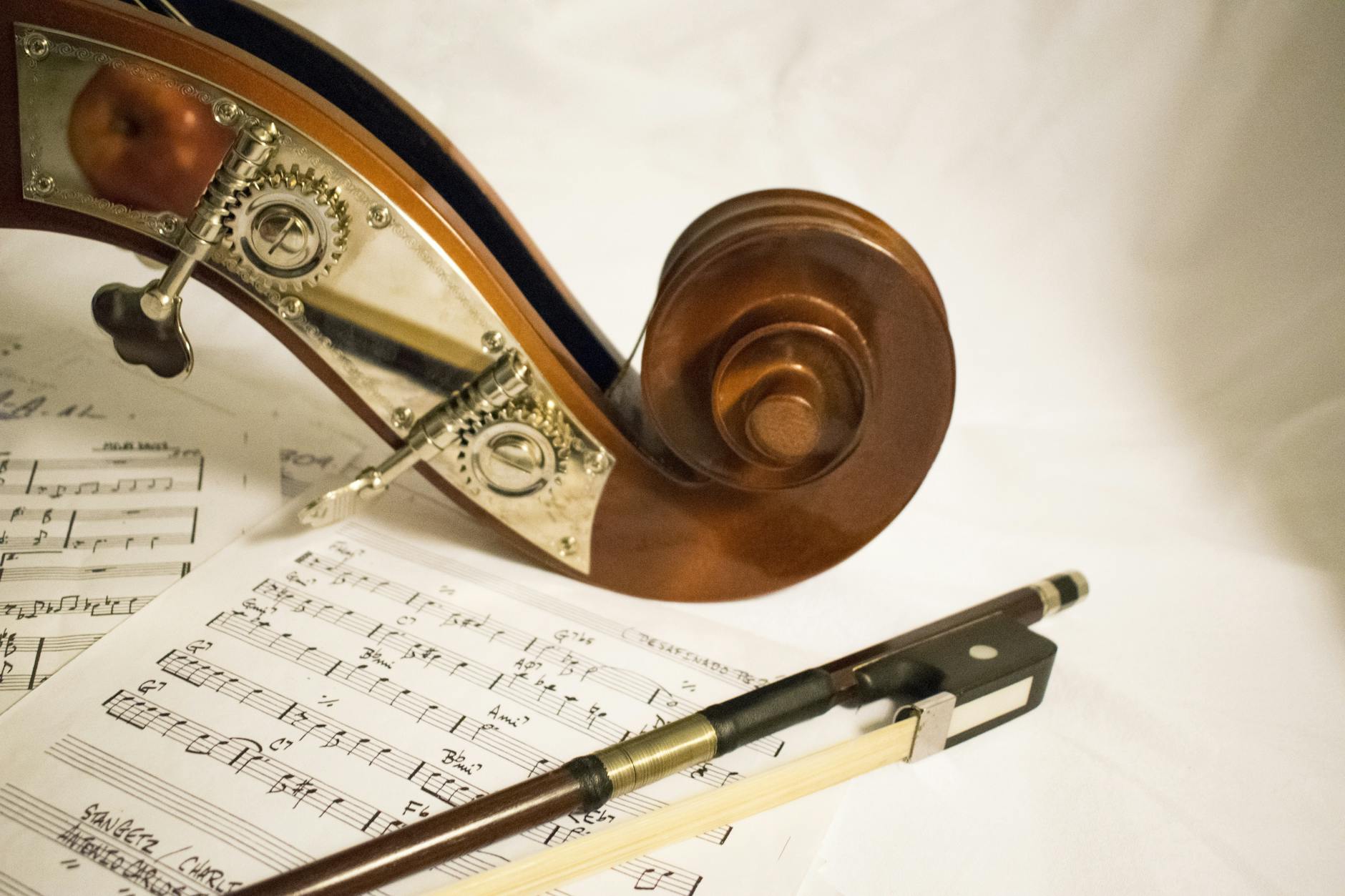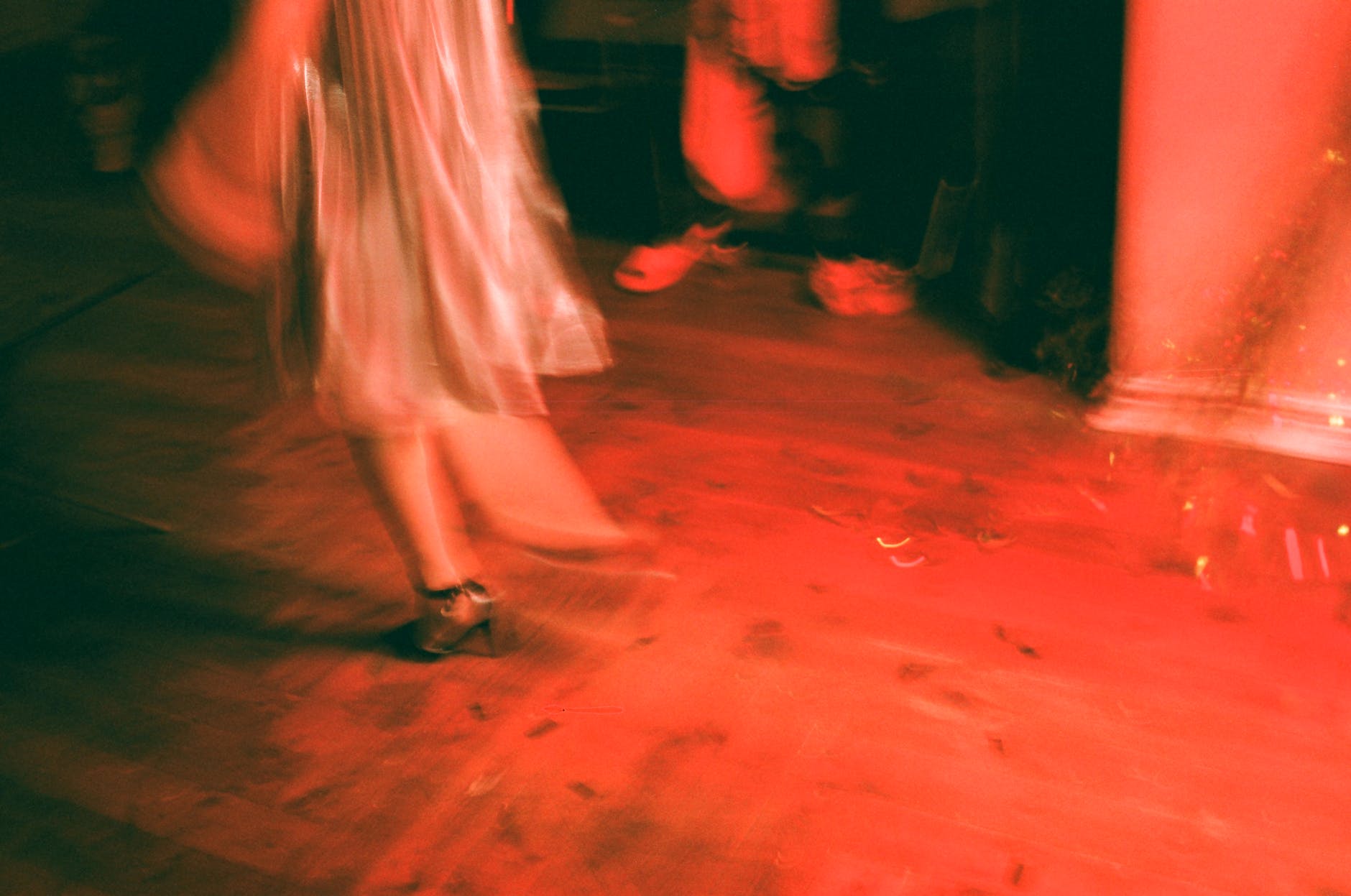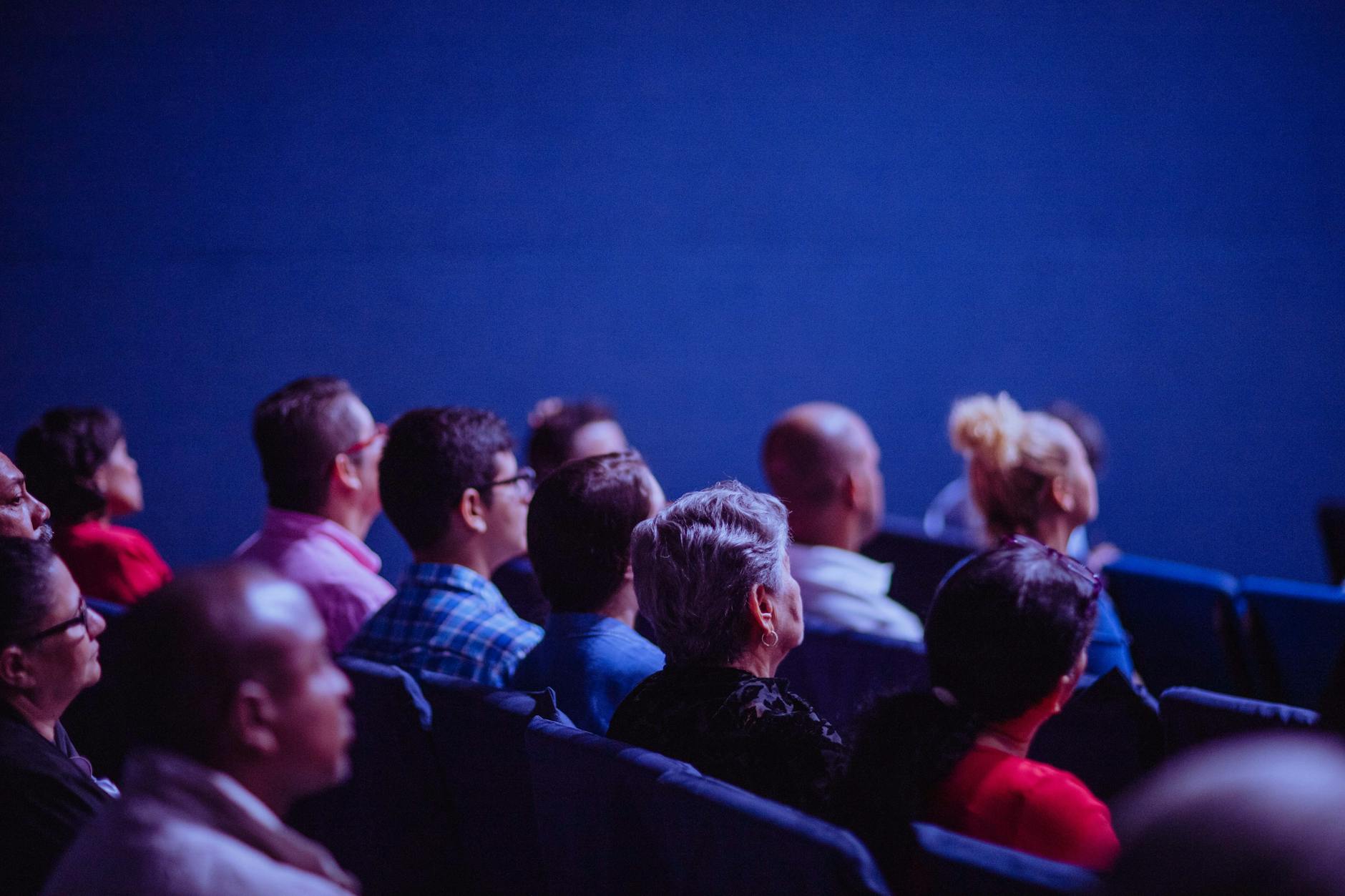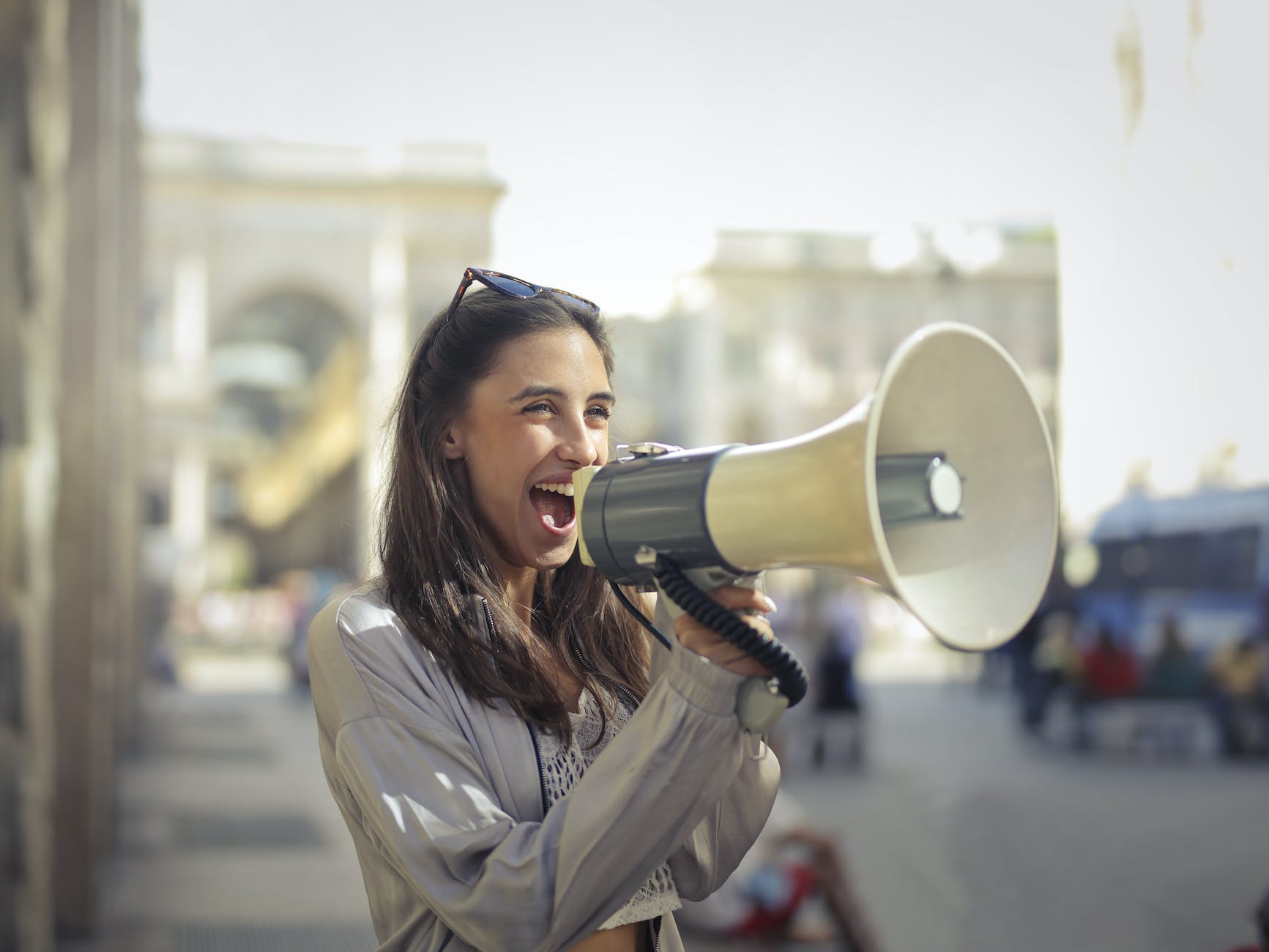Psychedelic art, a colorful, abstract style that exploded onto the scene in the 1960s, has been deeply intertwined with music, particularly within the counterculture and rock culture of the era. This union of art and music formed a vibrant cornerstone of the psychedelic experience, playing an outsized role in shaping the way we interact with and perceive music today.
So, what is psychedelic art? Born in the heart of the 1960s’ counterculture, psychedelic art is surreal, multi-dimensional, bright and intricate. It’s a visual representation, drawing inspiration from dreams, hallucinations, and altered states of consciousness. Mainstream acceptance came through two avenues: album cover art and concert posters.
By the mid-60s, an underground rock culture had emerged, deeply intertwined with the use of psychedelics. Artists such as The Beatles, Pink Floyd, and Jimi Hendrix come to mind as some who heavily experimented with these substances and came out with revolutionary music. The album cover art was often a visual interpretation of their songs’ unique psychedelic sounds and lyrics. These covers were detailed and interactive, taking listeners on a journey before even hearing a note. One of the most iconic examples is The Beatles’ Sgt. Pepper’s Lonely Hearts Club Band album cover, which included a collage of the band members with a myriad of historical figures.
Concert posters, much like album artwork, used bold, swirling designs and fonts to capture the spirit of the music and the experience of a live show. Artists like Wes Wilson and Victor Moscoso created striking posters for concerts at venues like the Avalon Ballroom and the Fillmore. These posters became a vital part of rock culture, representing not just a specific show, but an entire movement. They mirrored the psychotomimetic effects of drugs like LSD and were often sought after by those who did not use the substance but wanted to experience the psychedelic world.
As musical and artistic ethos were synthesized, music festivals became a substantial part of this movement. One could argue that the music festival culture we see today was born out of this synergy. The long-lasting influence of these festivals can be seen in events like Burning Man and Coachella, where music and art merge to create a unique experience. The original and perhaps the most famous is Woodstock that forever altered the landscape of music festivals. It was not only a music festival; it was a vibrant, chaotic, rainy art installation that became the physical embodiment of the counterculture movement.
Over time, visual representation and music have become more tightly entwined, moving from concert halls and album covers to our computer screens. Light shows and visuals now dominate performance spaces, with many artists making visuals an integral part of their act under the umbrella term ‘VJing.’ This resurgence is a nod to psychedelia and its impact, proving that it’s more than just a niche form of art.
While the systematic study of psychedelic substances in the context of music is nascent, early research suggests that music can guide psychedelic experiences and vice versa. This reciprocal relationship between psychedelics and music has led to an explosion of creativity and experimentation that has fundamentally changed society.
In conclusion, the influence of psychedelic art on the music scene cannot be overstated. It has shaped, and continues to shape, our experience and understanding of music. Its ethos of anti-establishment, the mystical union of sound and visuals, and immersive experience have permeated through generations and given rise to new artistic movements and musical genres. From album cover art and concert posters to modern-day festivals and VJing, the legacy of psychedelic art in music remains alive and well. It continues to push boundaries, challenging us to redefine our understanding of music and art.
Psychedelic art and music are a testament to the human need for exploration and expression, proving that when sounds and visuals unite, they create an experience that transcends beyond the ordinary and takes us to a world of imagination and infinite possibilities. This confluence of color and sound continues to inspire and resonate, keeping the spirit of the ’60s alive in the 21st century.




